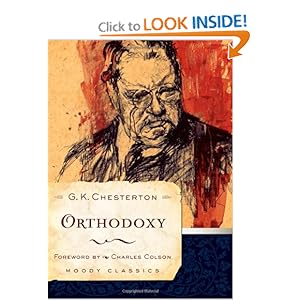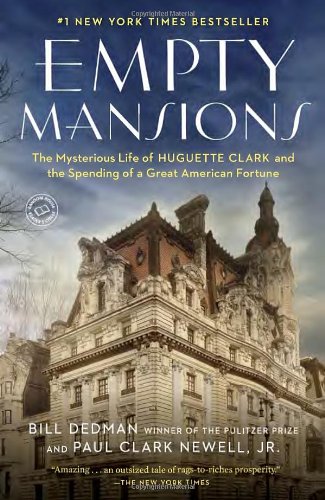Born on May 29th:
Gerald Massey, b. 1828. Poet and amateur Egyptologist.
There’s no dearth of kindness
In this world of ours;
Only in our blindness
We gather thorns for flowers.
 Mary Louisa Molesworth, b. 1839. Author of children’s books during the nineteenth century. Known as “Mrs. Molesworth”, her most famous book was The Cuckoo Clock, which I read recently. If you have a child who is a good reader looking for a story about fairies, you might try this one. It doesn’t have much of a plot, not much dramatic tension. Griselda comes to live with her two elderly great-aunts for reasons that are never stated throughout the story. She is sometimes bored and lonely, and the cuckoo from her late grandmother’s cuckoo clock comes to visit and amuse Griselda. Griselda wants the cuckoo to take her to fairyland, but he says that “the way to true fairyland is hard to find, and we must each find it for ourselves.” The cuckoo does take Griselda to some other magical places, and she eventually finds a friend and playmate. Some of the scenes in the book are beautifully described, but as I said, not much happens. I do have a solid library rebound copy of this old book in my library, but my book has illustrations by E.H. Shepard (the illustrator famous for his pictures for Winnie-the-Pooh.)
Mary Louisa Molesworth, b. 1839. Author of children’s books during the nineteenth century. Known as “Mrs. Molesworth”, her most famous book was The Cuckoo Clock, which I read recently. If you have a child who is a good reader looking for a story about fairies, you might try this one. It doesn’t have much of a plot, not much dramatic tension. Griselda comes to live with her two elderly great-aunts for reasons that are never stated throughout the story. She is sometimes bored and lonely, and the cuckoo from her late grandmother’s cuckoo clock comes to visit and amuse Griselda. Griselda wants the cuckoo to take her to fairyland, but he says that “the way to true fairyland is hard to find, and we must each find it for ourselves.” The cuckoo does take Griselda to some other magical places, and she eventually finds a friend and playmate. Some of the scenes in the book are beautifully described, but as I said, not much happens. I do have a solid library rebound copy of this old book in my library, but my book has illustrations by E.H. Shepard (the illustrator famous for his pictures for Winnie-the-Pooh.)
Eugene Fitch Ware, b. 1841. Kansas poet and politician. “Man builds no structure which outlives a book.”
Charles Francis Richardson, b. 1851. Maine poet and literary historian.
2 John 1:6: And this is love, that we walk according to His commandments. This is the very commandment you have heard from the beginning, that you must walk in love.
If suddenly upon the street
My gracious Saviour I should meet,
And he should say, “As I love thee,
What love hast thou to offer me?”
Then what could this poor heart of mine
Dare offer to that heart divine?His eye would pierce my outward show,
His thought my inmost thought would know;
And if I said, “I love thee, Lord,”
He would not heed my spoken word,
Because my daily life would tell
If verily I loved him well.If on the day or in the place
Wherein he met me face to face,
My life could show some kindness done,
Some purpose formed, some work begun
For his dear sake, then it were meet
Love’s gift to lay at Jesus’ feet.
 G.K. Chesterton, b. 1874. Author of Orthodoxy, his spiritual autobiography, and many, many other works fiction, essays, and general musings. Chesterton himself was a merry old soul. He weighed over 300 pounds, played the part of the absent-minded professor in his daily life, and enjoyed a beer, a debate, and a nap, but not all at the same time. Nicknamed “The Prince of Paradox,” his verbal gymnastics are sometimes exhausting, usually entertaining, and at the same time full of wisdom and insight into the fallacies of pagan and modern philosophy and into the satisfying rightness of Christian orthodoxy.
G.K. Chesterton, b. 1874. Author of Orthodoxy, his spiritual autobiography, and many, many other works fiction, essays, and general musings. Chesterton himself was a merry old soul. He weighed over 300 pounds, played the part of the absent-minded professor in his daily life, and enjoyed a beer, a debate, and a nap, but not all at the same time. Nicknamed “The Prince of Paradox,” his verbal gymnastics are sometimes exhausting, usually entertaining, and at the same time full of wisdom and insight into the fallacies of pagan and modern philosophy and into the satisfying rightness of Christian orthodoxy.
The Convert by G.K. Chesterton
A selection of Chesterton’s wisdom.
My reaction to The Man Who Was Thursday by G.K. Chesterton.
More gems (quotes) from Gilbert K.Chesterton.
Terrence Hanbury (T.H.) White, b. 1906. Author of The Once and Future King, White’s version of the Arthurian legends. The musical, Camelot, and the Disney film, The Sword in the Stone, were both based on White’s retelling and embellishment of Sir Thomas Malory’s Le Morte d’Arthur. I have a copy of The Sword in the Stone in my library, but the rest of the story that makes up the four books of The Once and Future King is a bit too dark for children, IMHO.










